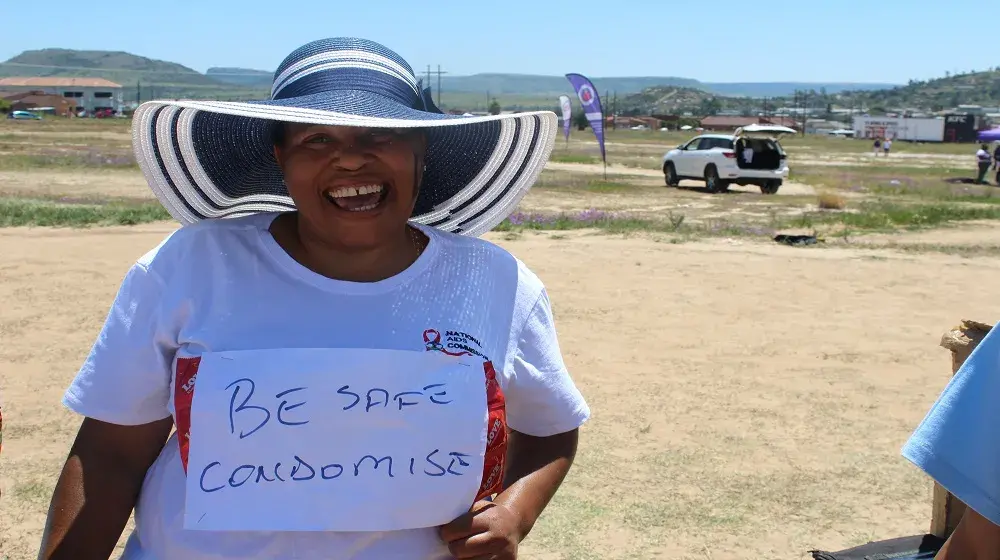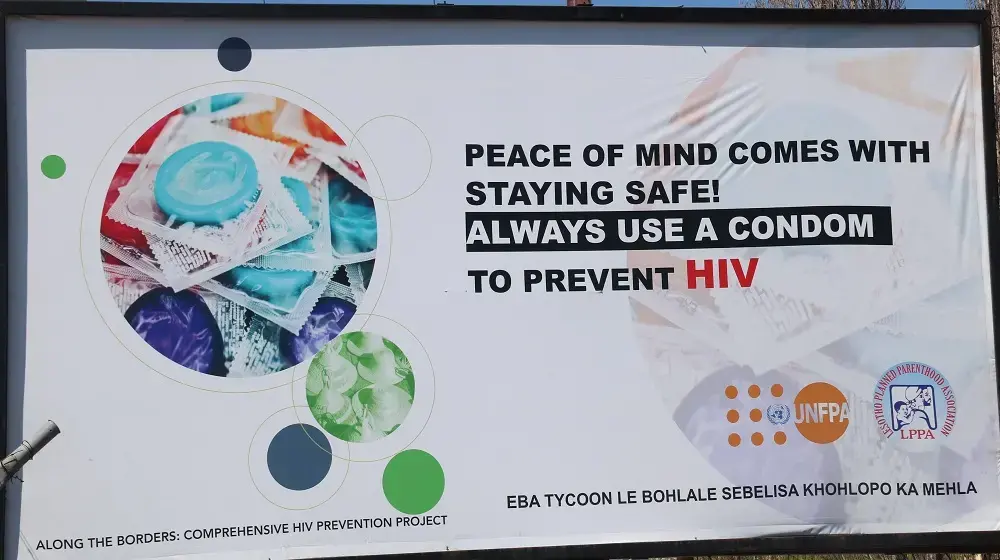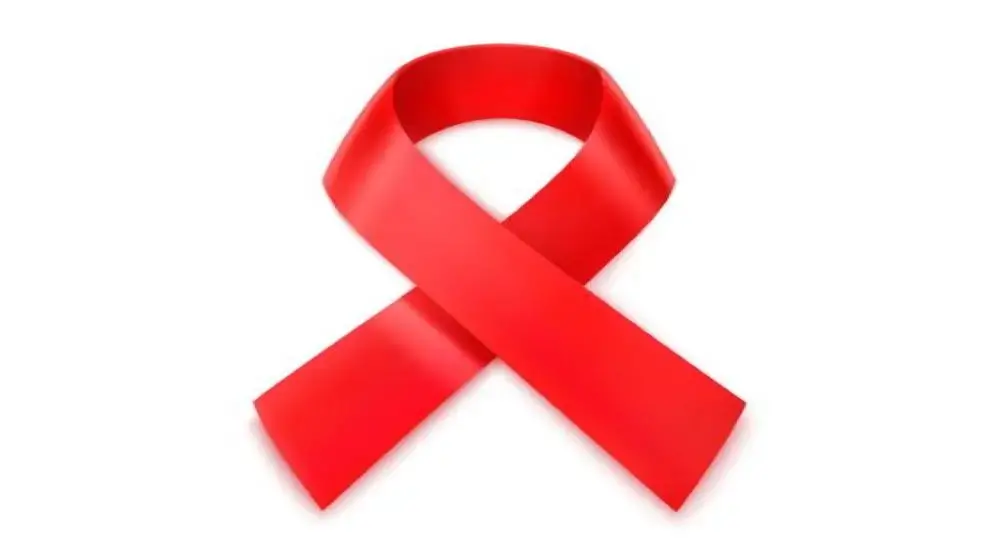The community of Ha Ntema, Maboloka in the Mafeteng district has resolved to start keeping condoms in their households to ease accessibility for their family members.
When a team from UNFPA, the United Nations Population Fund, Lesotho Planned Parenthood Association (LPPA) and Mothers to Mothers Organization held a condom use promotion in the village on Monday (13/02/2017) – International Condom Day, the community recognized that keeping condoms at the Councilor’s and Chief’s places as well as the local shop as they were doing was not beneficial as young people could be shy to get them.
“Since we are also not confident to talk to our children about the use of condoms, at least they will just disappear from our homes and we will know they are being used,” said one of the community members, ‘Maneo Ramabanta.
The team also conducted condom use demonstration and distribution at a local clinic, at livestock offices where farmers had gathered and at the Mafeteng prison for prison warders. In total 170 people were reached and shown proper use of condoms. 11,520 pieces of male condoms were distributed and 1000 pieces of female condoms were distributed. The aim was to promote prevention of Sexually Transmitted Infections (STIs) HIV and unwanted pregnancies through free condom distribution and awareness.
According to the Demographic Health Survey (2014), Mafeteng is amongst the four districts with high HIV prevalence of 25%.
In Qacha’snek district, a total of 3200 condoms were distributed at the Youth Resource Centre and along the streets. The observation here was that it was mostly men who were interested in getting the condoms.
Furthermore, at Semonkong, 210 people were reached with condom use promotion messages while 150 pieces of female condoms and 1000 pieces of male condoms were distributed. 50 Information, Education and Communication (IEC) materials on HIV were distributed as well as 50 music CDS with messages on HIV prevention.
The day was observed globally to promote the use of condoms to prevent unwanted pregnancies, sexually transmitted infections and the spread of HIV through safe sex practices. It was observed through exploring with communities rationales for using condoms, learning procedure for correct condom use and begin to explore the ideal of communicating about condom use.




